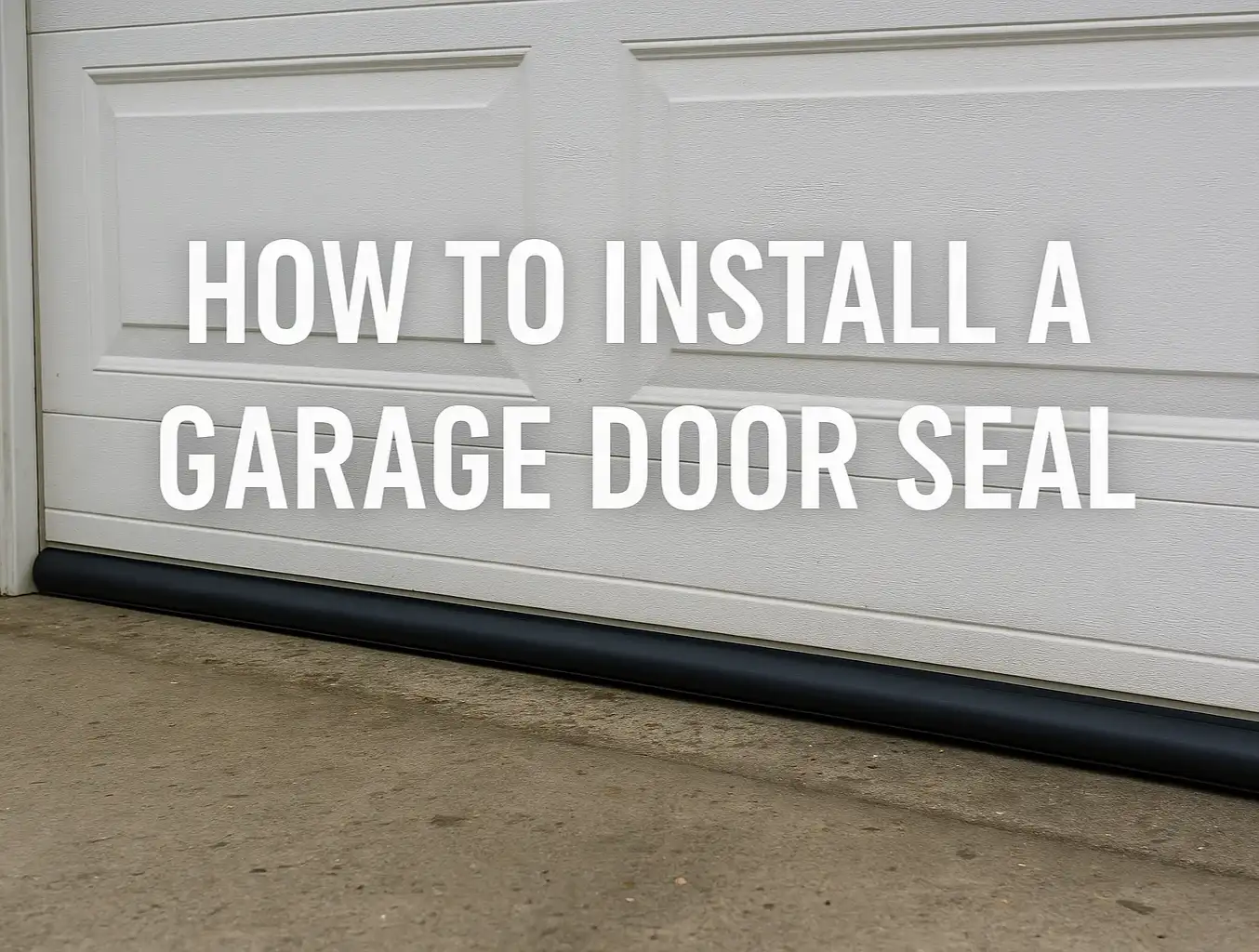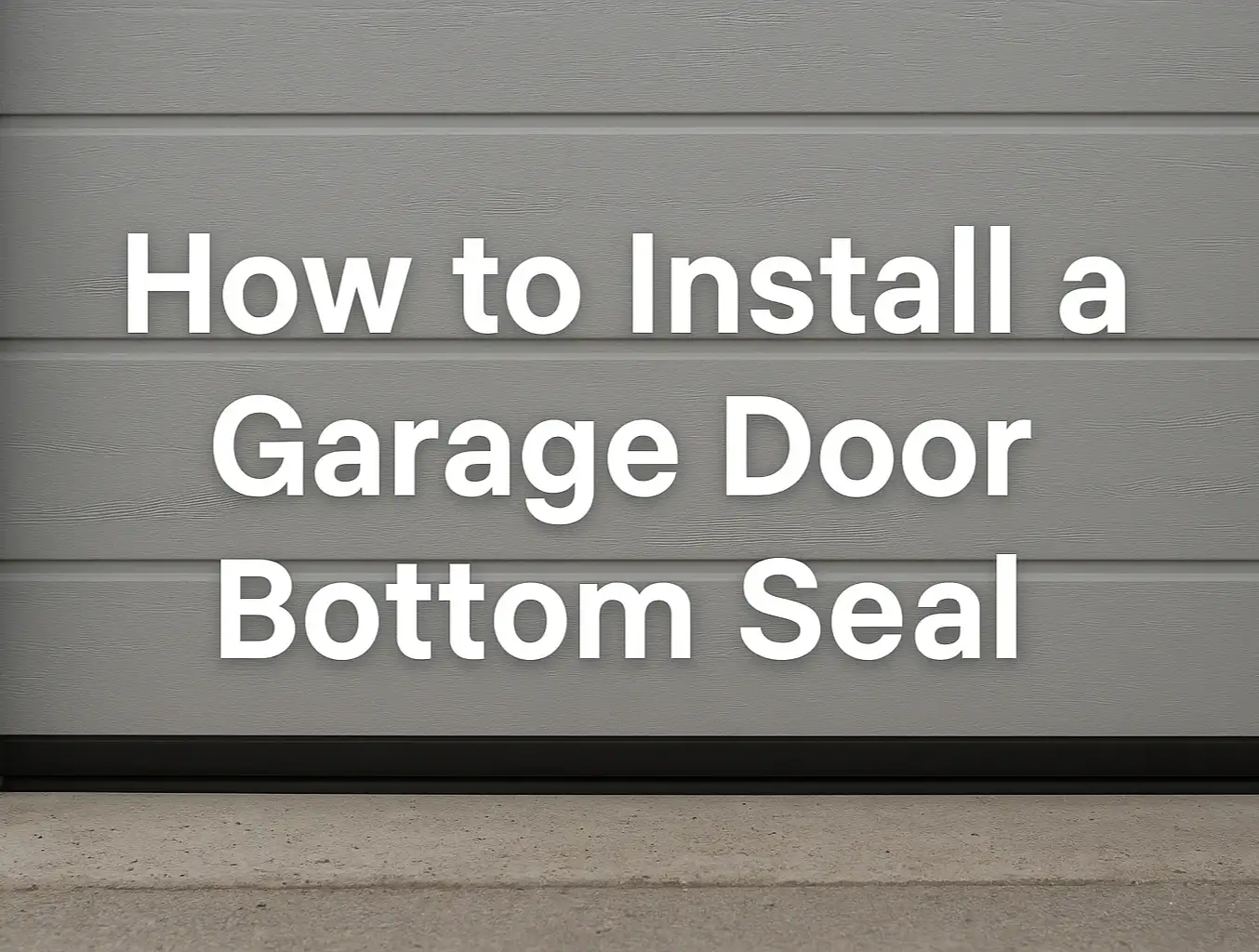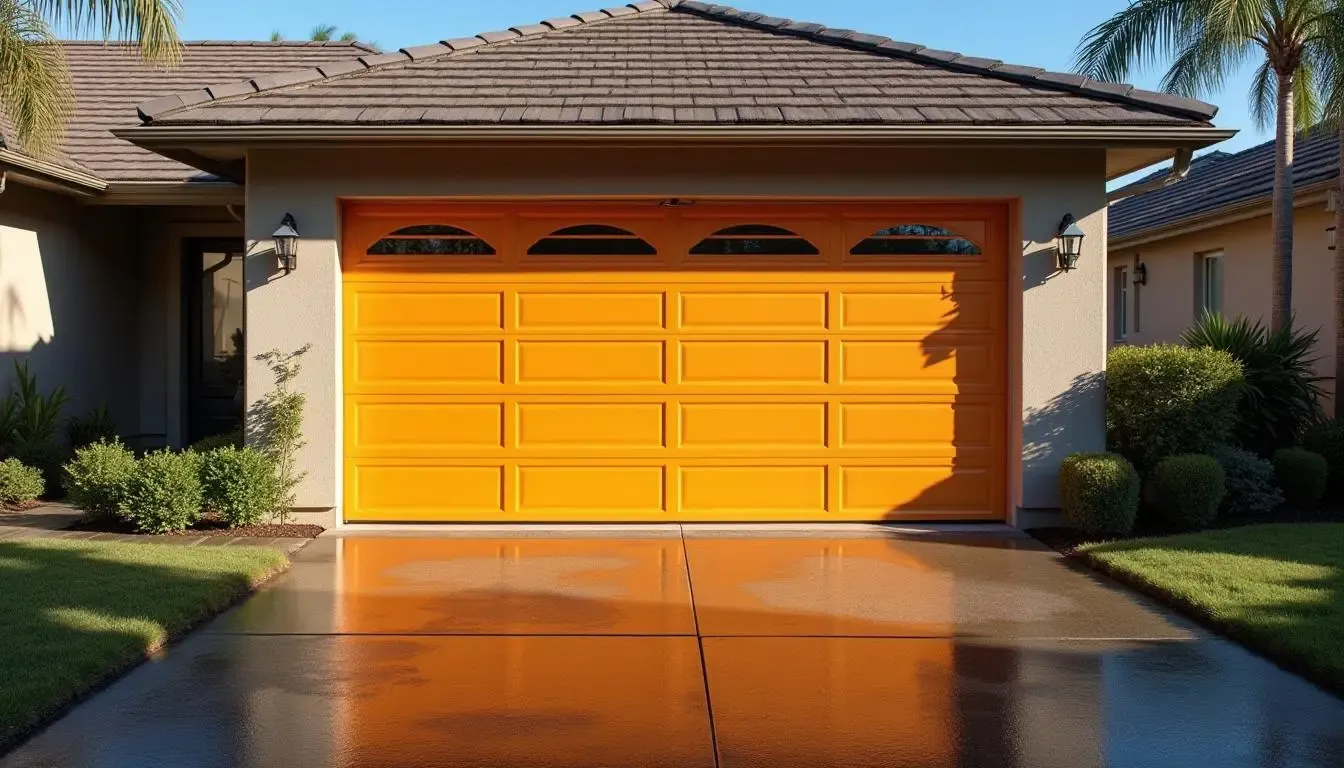How To Seal Garage Door Gaps: Improve Your Insulation
Published: Oct 29, 2025
Noticing a draft or a bit of daylight around your closed garage door? Those small spaces can let in cold air, rain, and unwanted pests. Learning how to seal garage door gaps is a simple way to improve comfort, protect your belongings, and lower energy costs. Whether you’re a homeowner or managing commercial property maintenance, this guide breaks down the best methods to seal gaps at the top, sides, and bottom of the door. With support from trusted professionals like Up & Down Garage Doors, you can seal your garage properly and extend the life of your door system.
Seal the Sides and Top of Your Garage Door
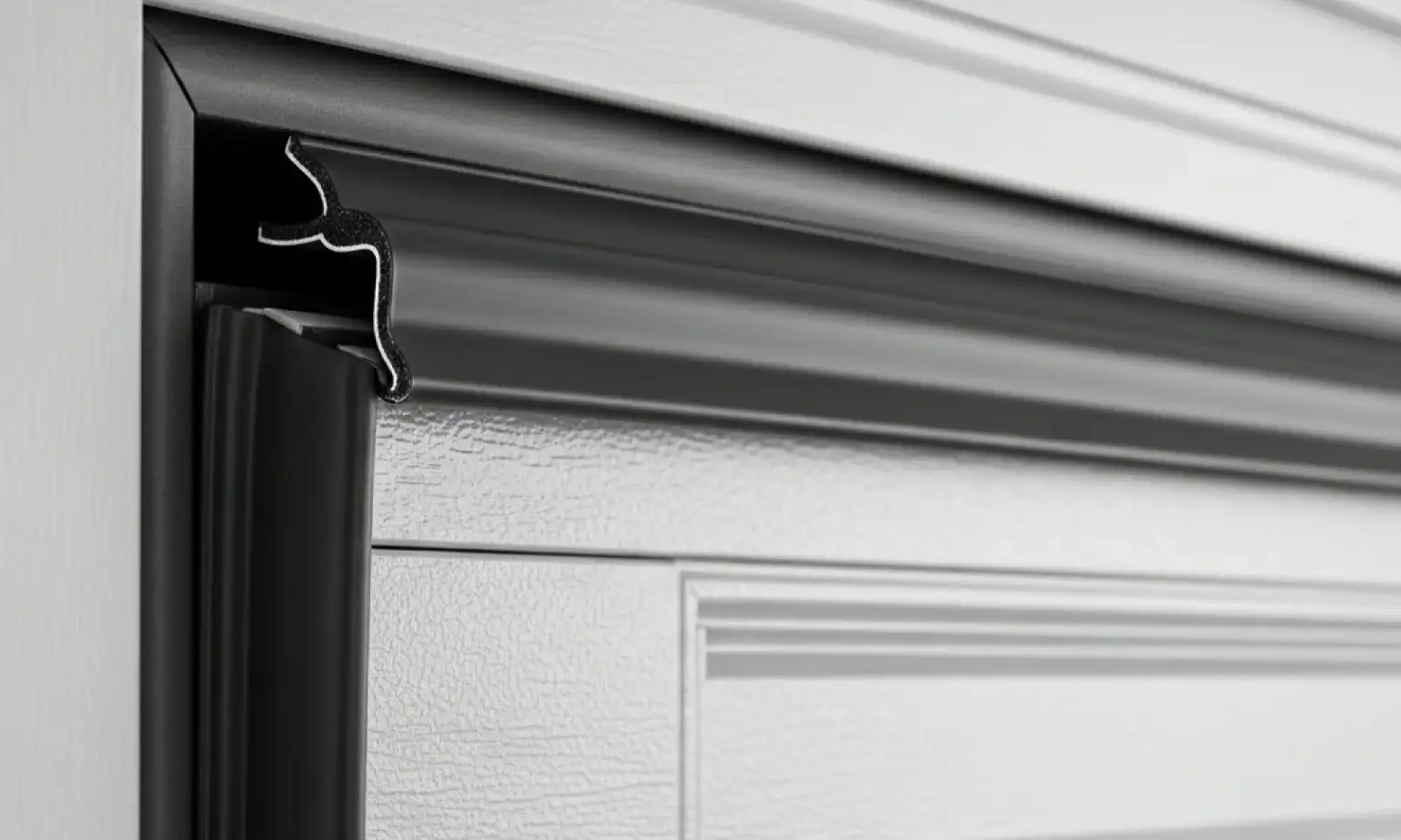
One of the first areas to address is the garage door top and side seal. These gaps can let in cold air, water, and insects. The best fix is to apply garage door weatherstripping directly along the edges.
- Measure the length of the garage door side seal areas on both sides and across the top.
- Use vinyl or rubber garage door weatherstripping and secure it with nails or screws.
- For larger openings around the frame, apply expanding foam or caulk before sealing.
Installing a tight garage door top and side seal can reduce drafts and help maintain a more energy-efficient garage, especially in older homes. It’s also a critical step if you’re improving garage door insulation for year-round temperature control.
Want to take insulation further? Learn the real benefits of garage door insulation in our detailed blog.

Seal the Bottom of the Door
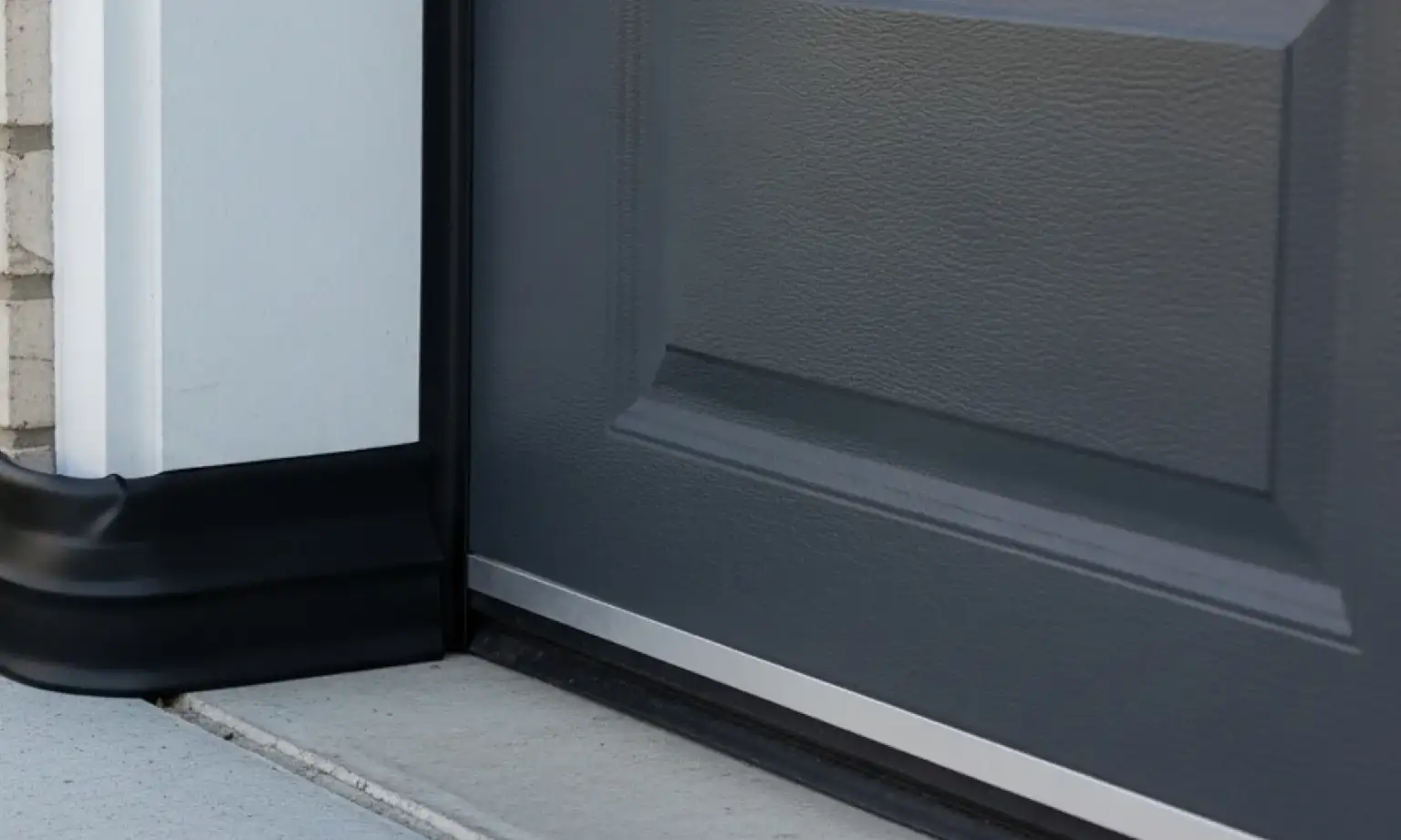
If you feel air or see light coming in from underneath your garage door, the garage door bottom seal may need to be replaced. This part experiences the most wear over time.
- Remove the old rubber seal from the bottom track.
- Install a new garage door bottom seal or a threshold seal that helps block rain, debris, and insects.
- Choose a bottom seal that creates a tight, flexible flap when the door closes.
- Add construction adhesive or liquid nails between the track and threshold for added strength.
The garage door bottom seal plays a major role in helping you keep pests out of the garage. It’s one of the easiest, most affordable ways to start improving your garage’s insulation and weather protection.

Install a Threshold Seal for the Floor
A threshold seal is installed directly onto the floor at the base of the door. It’s a smart choice if your driveway slopes or you’re still getting leaks after installing a bottom seal.
- Clean the concrete and mark the seal’s placement.
- Use a strong adhesive and press the threshold seal firmly in place.
- Allow it to fully cure before operating the door again.
Adding both a garage door bottom seal and a threshold seal can significantly reduce water intrusion and air leaks. It’s a go-to solution for garages in wet or humid climates. If you’re not sure what kind to buy, here’s a quick guide on how to choose the type of insulation based on your home’s layout and climate. Also, our team at Up & Down Garage Doors is happy to help you choose the right materials.
Seal Small Gaps with Caulk
Sometimes, even after installing weather seals, small cracks or gaps remain around the door frame. These are usually best handled with caulk.
- Use a silicone-based caulk that’s rated for exterior use.
- Smooth the caulk with your finger or a finishing tool to create a clean seal.
- Let it dry fully before operating the door.
This step is especially helpful when trying to fully weatherproof garage door systems during seasonal changes. It’s also a useful finish if you’ve added new garage door insulation or installed fresh garage door side seal strips.
Seal Gaps and Boost Garage Efficiency with Up & Down Garage Doors
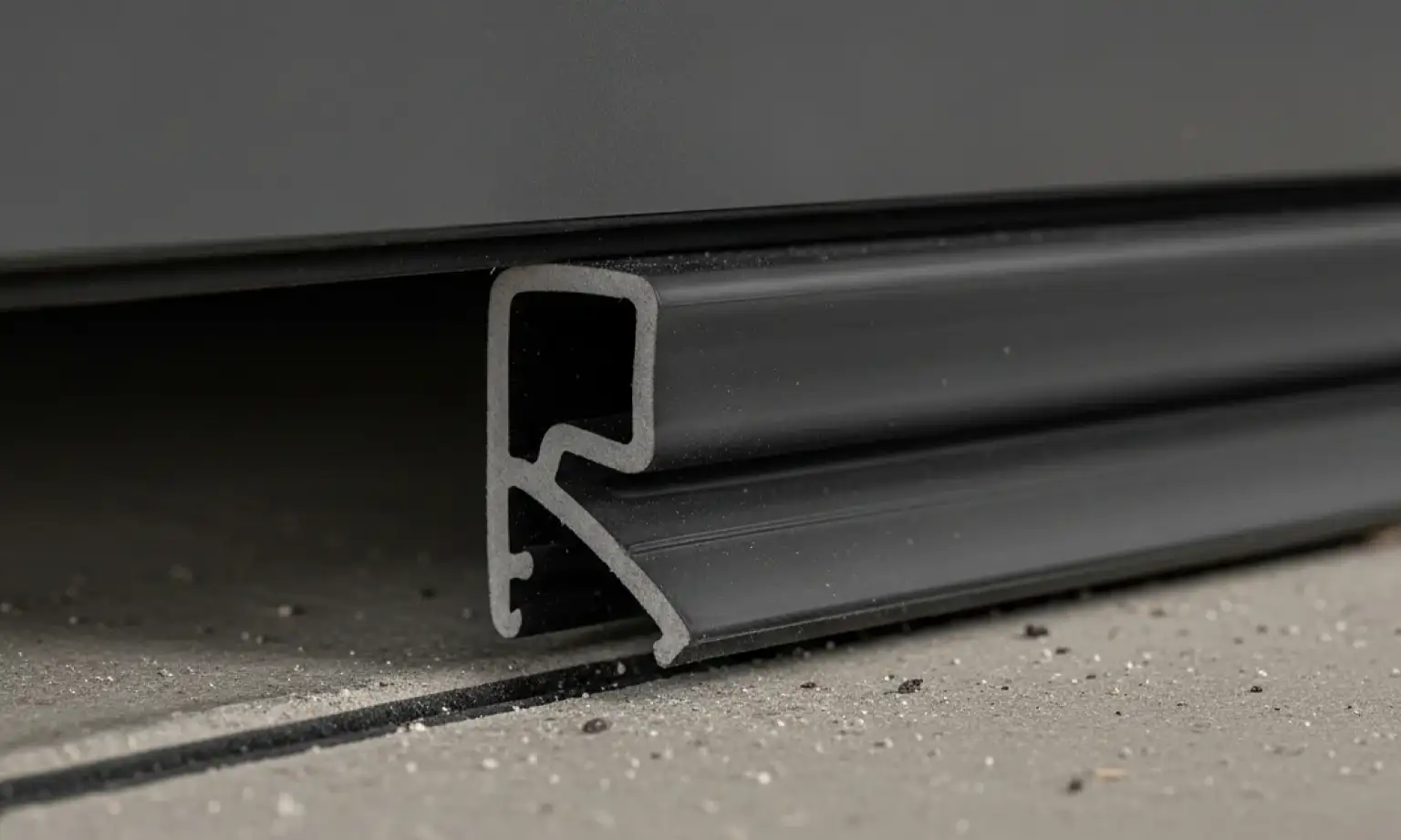
Now that you know how to seal garage door gaps, you can improve your home’s comfort, protect your garage from pests and moisture, and even save on energy bills. From sealing the sides and top with garage door weatherstripping to upgrading the garage door bottom seal, small changes can make a big difference.
At Up & Down Garage Doors, we specialize in sealing, weatherproofing, and full garage door insulation services tailored to both residential and commercial needs. Whether you’re looking for long-term protection or a seasonal fix, Up & Down Garage Doors is just a call away.
Need help sealing your garage door? Contact us today for fast, professional service you can count on.

FAQs: How to Seal Garage Door Gaps
What’s the best way to seal garage door side gaps?
Install vinyl or rubber garage door side seal strips along both vertical sides of the frame to block air and pests.
How do I know if my garage needs a new bottom seal?
If light, air, or water comes through the base, your garage door bottom seal is likely worn out and should be replaced.
Can sealing my garage door improve energy efficiency?
Yes, adding proper garage door insulation and seals helps maintain a consistent temperature and supports a more energy-efficient garage.
Should I use both a bottom seal and a threshold seal?
Using both provides the best barrier against water and dust — especially for garages on sloped driveways or in wet areas.
What’s the easiest way to weatherproof a garage door?
Start with a full seal kit and check out our tips on how to weatherproof your garage door for extra protection in harsh climates.
